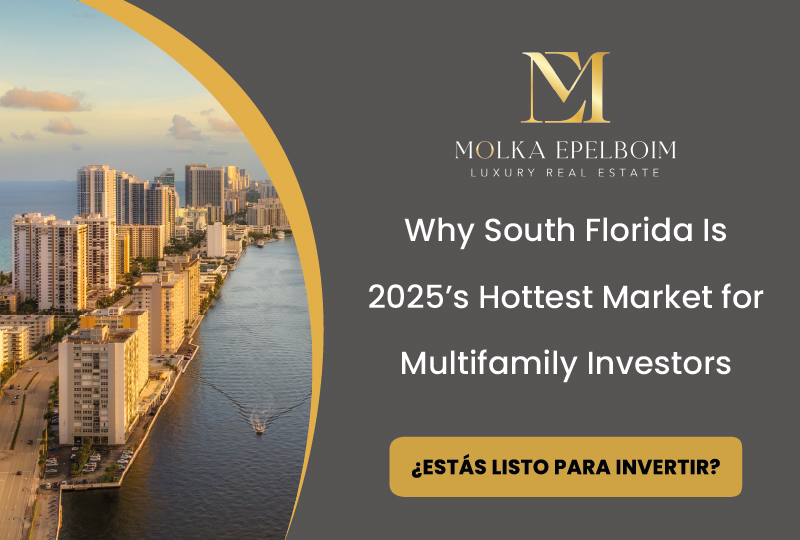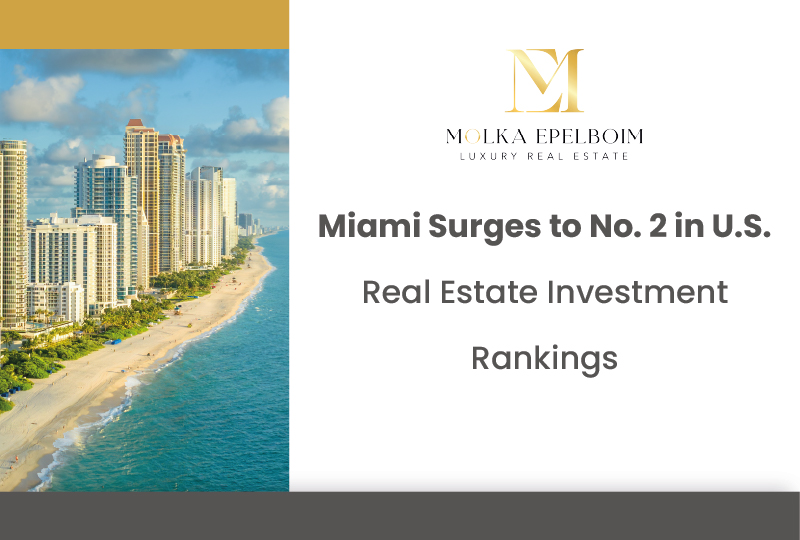
South Florida has long been a beacon for real estate investment, but in 2025, it’s not just shining—it’s blazing. From Miami to West Palm Beach, the region is experiencing a multifamily renaissance fueled by demographic shifts, economic resilience, and investor-friendly policies. Whether you're a seasoned institutional buyer or a first-time multifamily investor, South Florida offers a rare blend of opportunity, stability, and upside.
Population Growth and Migration Trends
Florida’s population is booming—and South Florida is leading the charge. The state is expected to surpass 23 million residents in 2025, with over 250,000 new residents added annually, according to the University of Florida’s Bureau of Economic and Business Research. Much of this growth is concentrated in Miami-Dade, Broward, and Palm Beach counties.
What’s driving this influx?
Tax advantages: Florida has no personal state income tax.
Business-friendly climate: A right-to-work state with minimal regulatory hurdles.
Lifestyle appeal: Beaches, culture, and year-round sunshine.
This migration includes high-net-worth individuals from New York, California, and Illinois, many of whom are choosing to rent before buying—or opting to rent long-term. This trend is fueling demand for multifamily housing across all price points.

Multifamily Market Performance: By the Numbers
According to Lee & Associates’ Q1 2025 South Florida Multifamily Market Report:
Vacancy rate: 5.8% (down from 6.2% in Q4 2024)
Average asking rent: $2,237 per unit (up from $2,217 in Q4 2024)
Sale price per unit: $294,029 (a 25% increase from Q1 2024)
Units under construction: 50,199 (up from 39,973 in Q4 2024)
12-month absorption: 19,235 units
These figures reflect a market that is not only growing but tightening—great news for landlords and investors seeking strong occupancy and rent growth.
Investor Activity and Capital Inflows
South Florida is attracting serious capital. In the past 12 months:
Brookfield Corporation led all buyers with $381.5 million in acquisitions.
Kohlberg Kravis Roberts & Co. (KKR) followed with $263 million.
The Church of Jesus Christ of Latter-Day Saints invested $235 million.
Top sellers include Starwood Capital Group and Morgan Stanley, indicating that both institutional and private equity players are actively trading assets in the region.

Favorable Regulatory Environment
Unlike states such as New York and California, Florida has:
No rent control
No state income tax
Streamlined permitting and zoning in many municipalities
This regulatory freedom is a major draw for developers and lenders. The 2023 “Live Local Act” further incentivized affordable housing development by allowing higher-density projects near transit and commercial corridors.
Strong Rental Demand and Demographic Tailwinds
The demand for rental housing is being driven by:
High homeownership costs: Median home prices in Miami-Dade exceed $600,000, pricing out many would-be buyers.
Lifestyle renters: Young professionals and retirees alike are choosing flexibility over ownership.
Workforce housing needs: Teachers, healthcare workers, and service employees need affordable, well-located rentals.
According to Florida Realtors, national occupancy for multifamily units remains steady at 94.3%, and South Florida is outperforming that average in many submarkets.
Development Pipeline and Transit-Oriented Projects
Developers are responding to demand with ambitious projects. One standout is Link at Boca, an eight-story, 340-unit mixed-use development adjacent to the Boca Raton Tri-Rail station. It includes:
Market-rate and workforce housing
24,000+ square feet of retail
Resort-style amenities and coworking spaces
Transit-oriented developments (TODs) like this are gaining traction, offering residents convenience and investors long-term value.

Financing and Lending Trends
Despite higher interest rates, lenders remain bullish on South Florida multifamily. Cap rates have compressed to 5.83%, down from 6.34% in Q4 2024, indicating strong investor confidence.
Lenders are particularly attracted to:
Stabilized assets with value-add potential
New construction in high-demand corridors
Affordable housing projects with tax incentives
The anticipated drop in mortgage rates to 6.3% by year-end could further boost transaction volume.
Luxury and Workforce Housing: A Tale of Two Markets
South Florida’s multifamily market is bifurcated—but both ends are thriving:
Luxury segment: Properties in Brickell, Coconut Grove, and Palm Beach are commanding record rents and sale prices. A $135 million estate in Coconut Grove and a $150 million compound in Miami Beach exemplify the ultra-luxury trend.
Workforce housing: Areas like Homestead, Miami Gardens, and Port St. Lucie are seeing rapid appreciation due to affordability and limited supply.
This dual-market dynamic allows investors to tailor their strategies based on risk tolerance and target demographics.
Challenges and Considerations
No market is without its headwinds. In South Florida, investors should be mindful of:
Rising insurance premiums: Average premiums exceed $6,000/year, triple the national average.
Condo regulation changes: Post-Surfside legislation has increased costs for older buildings, impacting condo conversions.
Affordability concerns: Renters are increasingly cost-burdened, with over 30% spending more than a third of their income on housing.
However, these challenges also create opportunities—particularly for experienced operators who can navigate complexity and add value.

Conclusion: A Market Built for Momentum
South Florida’s multifamily market in 2025 is a magnet for a reason. It combines:
Population growth
Investor-friendly policies
Strong rental demand
Robust development pipeline
Attractive returns
Whether you're looking to acquire, develop, finance, or reposition multifamily assets, South Florida offers a compelling case for action. The sun isn’t just shining—it’s compounding.
Miami has positioned itself as the second most attractive market in the United States for real estate investment in 2025, according to CBRE's 2025 Investment Intentions Survey. With a growing economy, an increasing population, and expanding infrastructure, this city remains a key destination for investors from around the world.Miami's Economic Boom: Foundation for Real Estate Growth1. An Expanding Economic CenterMiami's economic resurgence in 2025 is supported by key sectors, including:Finance and Banking: Miami has established itself as an international banking center with more than 1,400 financial firms operating in the city.Technology: Known as "Silicon Beach," Miami has experienced a 35%...
